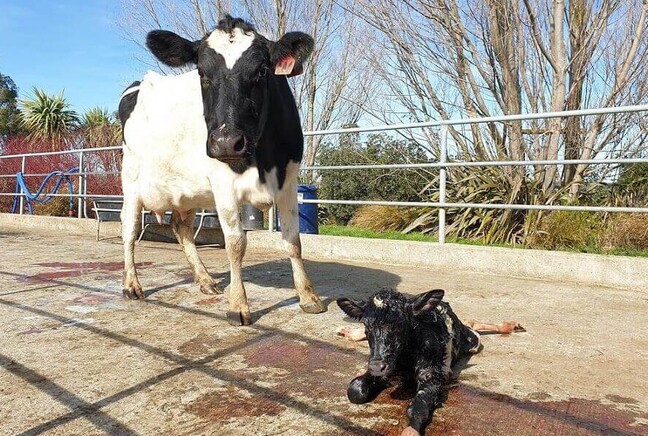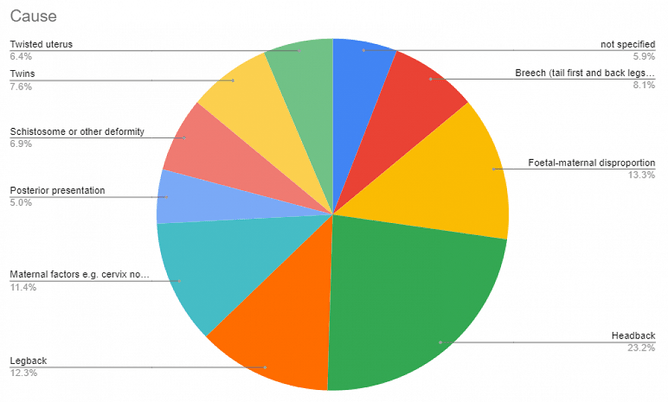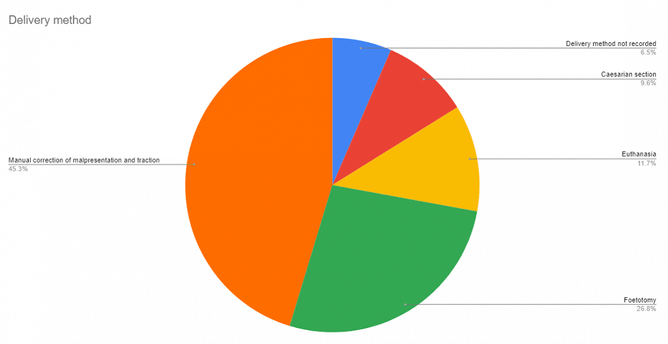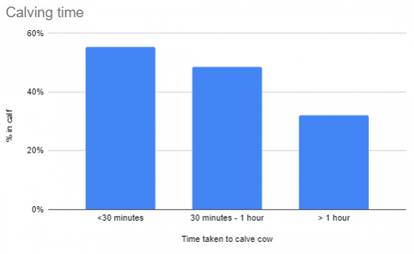With spring on our doorstep, we are looking back at last season’s assisted calvings.
Last spring VetSouth Winton assisted around 560 calvings. For 422 of these, we recorded information for further analysis and for 186 of these calved cows we had enough information (pregnancy scan results with access to Minda through Infovet) to be able to follow up on the outcome.
On presentation:
- 18% of the calves were alive
- 51% were fresh dead
- 21% were dead and smelly
- 10% were rotten and falling apart
The most common reason for the calving not progressing was a headback, followed by the calf being too large for the dam.
Out of the 422 recorded calvings:
- Just under half were delivered via correction of presentation and traction
- 26% had to be delivered through a foetotomy (cut up)
- Just under 10% had a Caesarian
- Just under 12% were euthanized on presentation.
Outcome:
Out of the 186 calved cows, 44.1% of these cows are currently still in the herd and pregnant. 29.5% of these cows are no longer present in the herd. This would indicate that they were culled (cull reason unknown) were not presented for scanning or have died any time between calving and scanning. 24.7% of the assisted calvings that we were able to follow up were scanned empty this season.
Cows with rotten calvings were twice more likely to get culled before scanning time. There was not much difference between fresh dead and alive calvings.
Best outcomes were achieved in cows that were delivered by correction of presentation and using manual traction (47% were pregnant at scanning time). Where the farmer has tried for more than 30 minutes before calling out the vet, prognosis decreased significantly (14.5% of calvings where the farmer had tried for >30 minutes before calling us got pregnant this season, 24% of calvings where the farmer had tried for <30 minutes before calling us got pregnant).
Prognosis also decreases significantly with calving time see chart below.
As expected, the outcome was also significantly affected by metabolic disease. Cows with signs of metabolic disease were less likely to get back in calf with 39% (29% empty) versus 47% (17% empty) in cows without signs of metabolic disease.
Take home message for this spring:
Have a good transition plan in place to minimise metabolic disease in spring. If you attempt to calve a cow and are not making any progress in 20 minutes, ring your KeyVet or the Farm Services team straight away.
- Elena Knupfer




